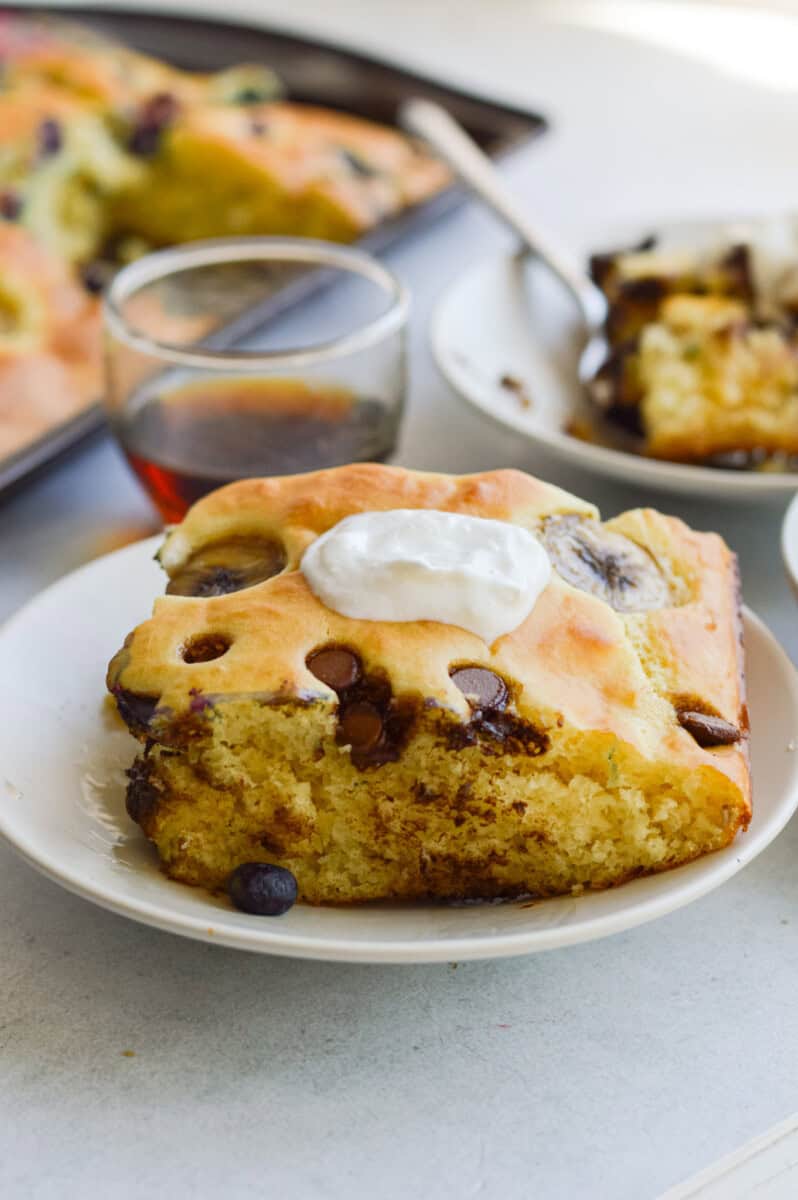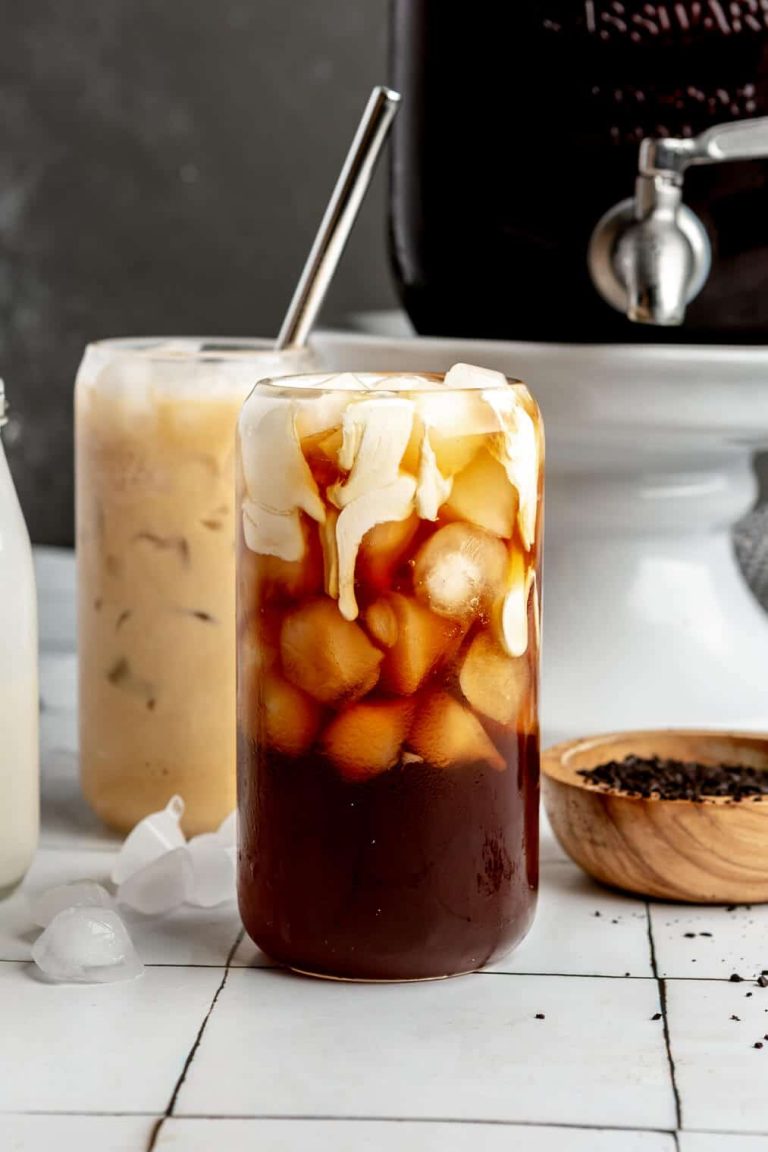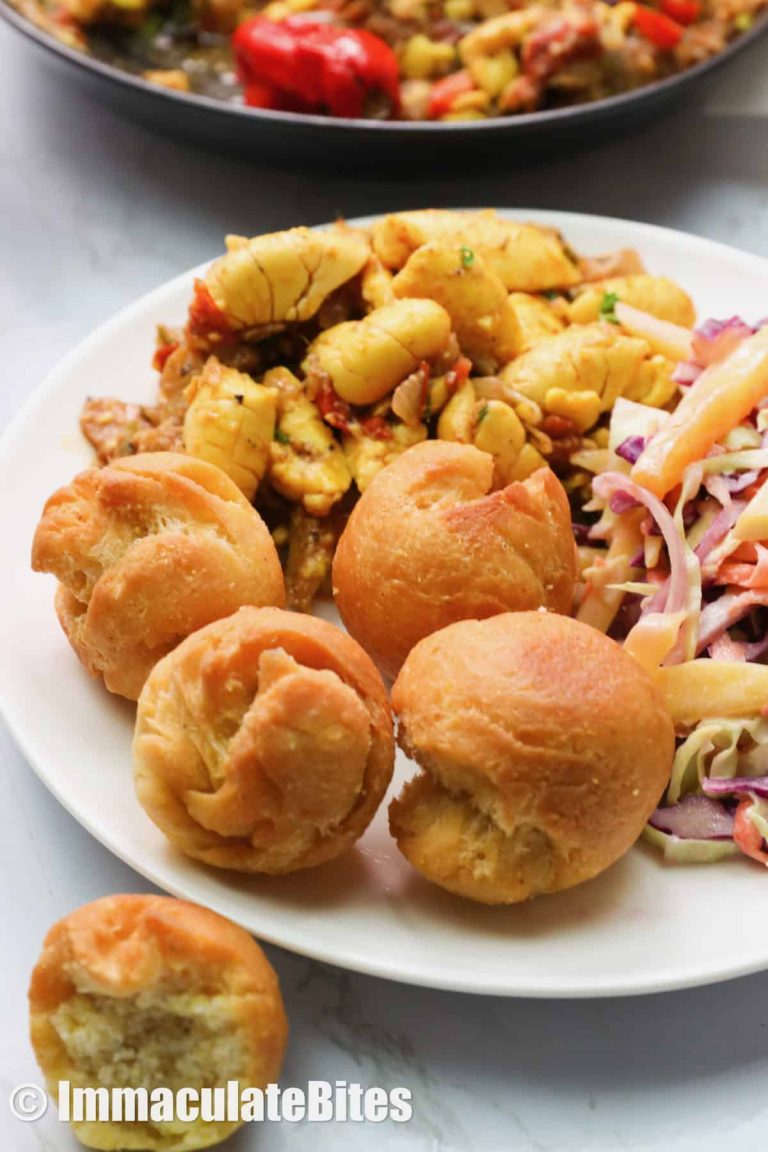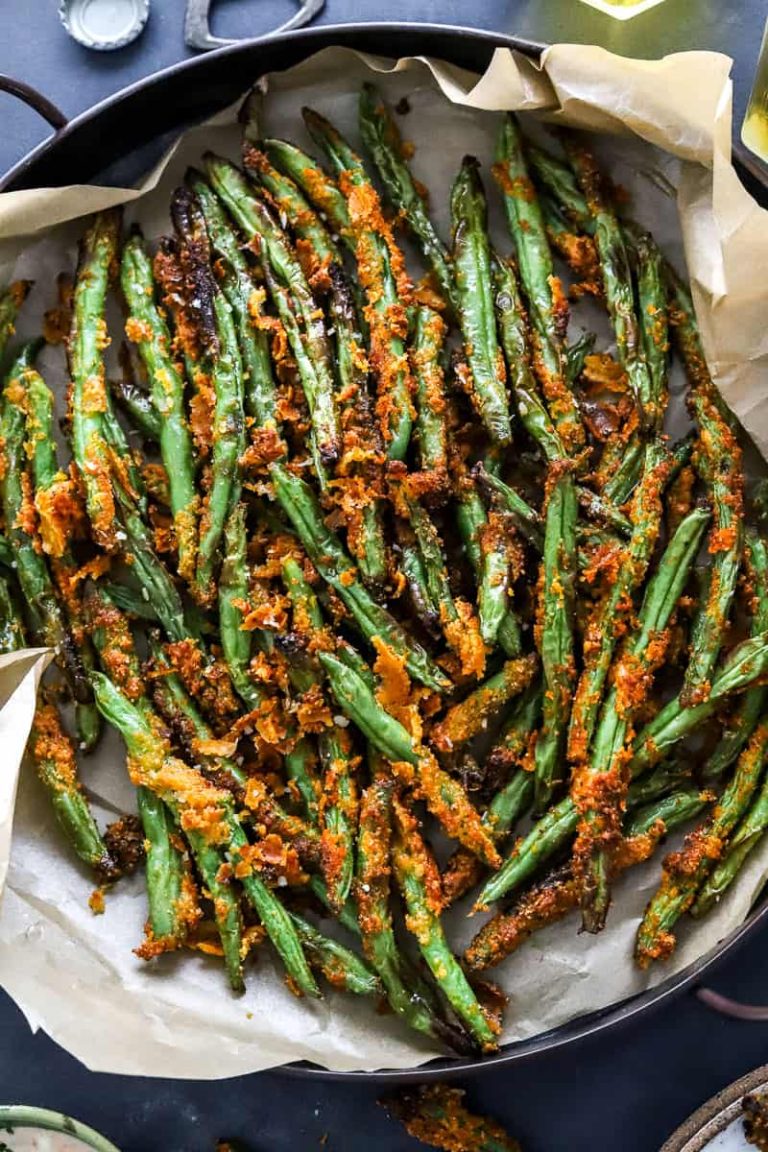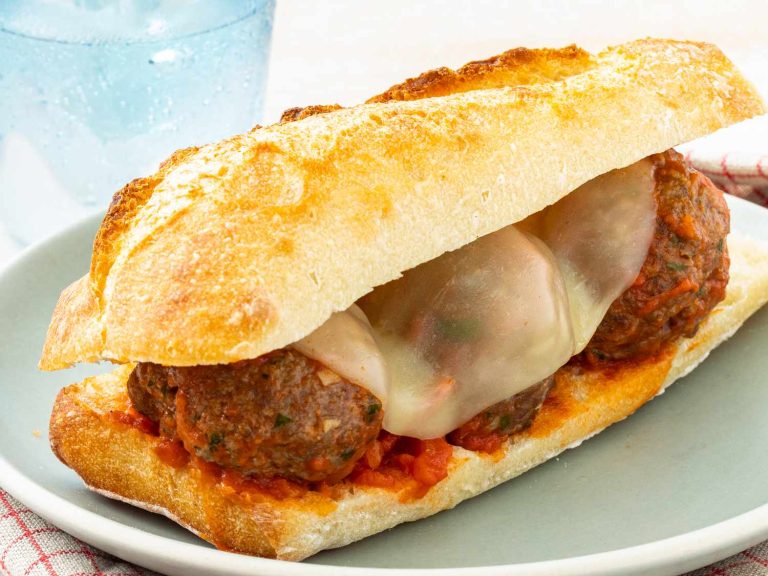Sheet Pan Pancakes: Easy, Customizable, and Time-Saving Breakfast Recipe
Sheet pan pancakes allow you to bake a large batch of pancakes in one go, making breakfast preparation faster and easier. Unlike traditional stovetop pancakes, these require no flipping and cook evenly in the oven. You’ll need a baking sheet and pancake batter. Preheat your oven to 425°F, pour the batter onto the greased sheet, and spread it evenly. Bake for about 15 minutes or until golden brown. Once done, cut them into squares, and they’re ready to serve.
Variations in Ingredients and Toppings
Ingredients and toppings can be customized according to your preferences. Use traditional pancake batter or explore options like gluten-free or protein-packed versions. Add-ins like fresh berries, chocolate chips, and nut butter chips can be mixed into the batter. For toppings, consider fruit preserves, whipped cream, and powdered sugar after baking. For a savory twist, add crumbled bacon or cheese before baking. Combining different ingredients and toppings allows a unique breakfast experience tailored to your taste.
Benefits of Making Pancakes on a Sheet Pan
Saves Time and Effort
Using a sheet pan for pancakes reduces preparation and cooking time. Traditional pancakes require continuous attention, with flipping each pancake individually. Baking a whole batch at once means less time spent by the stove. Instead of standing over the stovetop, waiting for each pancake to cook, you can simply pour the batter onto the sheet pan, spread it evenly, and let the oven do the work. This method eliminates the need for babysitting pancakes, allowing you to focus on other tasks.
Perfect for Feeding a Crowd
Sheet pan pancakes offer an efficient way to serve a large group. Traditional methods are less practical for large gatherings because cooking individual pancakes can be time-consuming. With sheet pan pancakes, you can bake a sizeable batch in one go, ensuring everyone gets warm, freshly baked pancakes at the same time. This approach simplifies breakfast preparation during family gatherings, holiday brunches, or any event where you’re feeding multiple people. Customizable toppings enable you to cater to varied preferences without preparing separate dishes.
How to Make Sheet Pan Pancakes
Step-by-Step Recipe
- Prepare Your Pan: Preheat your oven to 425°F. Line a baking sheet (13×18 inches) with parchment paper, making sure it extends slightly over the edges for easy removal.
- Mix the Batter: Combine 2 cups of all-purpose flour, 2 tablespoons of sugar, 1 tablespoon of baking powder, and 1 teaspoon of salt in a large bowl. In a separate bowl, whisk 2 cups of milk, 2 large eggs, and 1 teaspoon of vanilla extract. Pour the wet ingredients into the dry ingredients and mix until just combined. For fluffy pancakes, avoid overmixing.
- Spread the Batter: Pour the batter onto the prepared baking sheet and spread it evenly. Use a spatula to ensure it’s distributed uniformly across the pan.
- Add Your Toppings: Sprinkle your chosen toppings (e.g., fresh berries, chocolate chips, or bacon bits) evenly over the batter. Press them lightly into the batter so they adhere better during baking.
- Bake the Pancakes: Place the baking sheet in the preheated oven. Bake for 15-20 minutes or until the pancakes are golden brown and a toothpick inserted into the center comes out clean. Rotate the pan halfway through the baking time for even cooking.
- Cut and Serve: Remove the baking sheet from the oven and let it cool for a few minutes. Using the parchment paper overhang, lift the pancakes out of the pan and transfer them to a cutting board. Cut into squares or rectangles and serve warm with your favorite syrup or toppings.
- Ensure Even Cooking: Spread the batter as evenly as possible to avoid uneven cooking. Rotate the baking sheet halfway through the bake time for uniform browning.
- Use Room Temperature Ingredients: Let the milk and eggs come to room temperature before mixing. This helps the batter combine more smoothly and results in fluffier pancakes.
- Customizable Options: Try different mix-ins or toppings. For a twist, add nuts, dried fruits, or spices like cinnamon. For a savory option, mix in shredded cheese or chopped vegetables.
- Storage and Reheating: Store leftover pancakes in an airtight container in the refrigerator for up to 3 days. Reheat in a preheated oven at 350°F for about 10 minutes, or microwave individual portions for 20-30 seconds.
- Gluten-Free Alternative: Substitute all-purpose flour with a gluten-free flour blend. Verify that all other ingredients are also gluten-free to ensure the recipe suits dietary needs.
- Make-Ahead Option: Prepare the batter the night before and store it in the refrigerator. Give it a quick stir before pouring it onto the baking sheet to maintain consistency.
Comparing Cooking Methods
Sheet Pan vs. Traditional Skillet
When choosing between sheet pan and traditional skillet methods, several factors come into play. Using a sheet pan, you can bake an entire batch of pancakes at once, which reduces preparation and cooking times significantly. This method eliminates the need to stand by the stove, flipping pancakes individually. You also achieve more consistent results with even cooking across all pancakes.
The traditional skillet method, however, offers more control over each pancake’s size and thickness. Flipping the pancakes individually allows for adjustments during cooking. This method is ideal if you prefer the classic round shape and slightly crispy edges achieved in a skillet.
Other Pancake Variants
Exploring different pancake variants provides diverse options to suit various tastes and dietary needs. Sheet pan pancakes themselves are versatile, allowing for easy incorporation of mix-ins and toppings like berries, chocolate chips, or bacon. Other variants include:
- Buttermilk Pancakes: These offer a light, fluffy texture and a slight tang. They cook well on both a sheet pan and skillet.
- Gluten-Free Pancakes: Using gluten-free flour or alternatives like almond flour meets dietary requirements without compromising taste. You can bake these in a sheet pan for efficiency.
- Vegan Pancakes: Ingredients like almond milk, flaxseed, and plant-based yogurt provide a dairy-free and egg-free option. Sheet pan baking keeps the process simple.
- Protein Pancakes: Adding protein powder or using protein-rich ingredients makes a high-protein breakfast. A sheet pan ensures the pancakes maintain a consistent texture across the entire batch.
Each variant complements the sheet pan method’s convenience, making breakfast preparation streamlined and inclusive of different preferences.
Conclusion
Sheet pan pancakes revolutionize breakfast by offering a quick and versatile solution for busy mornings. You can effortlessly cater to different tastes and dietary needs with various ingredients and toppings. Whether you’re feeding a crowd or just want a hassle-free meal, this method saves you time and effort. Embrace the convenience and inclusivity of sheet pan pancakes to make your mornings smoother and more enjoyable.
